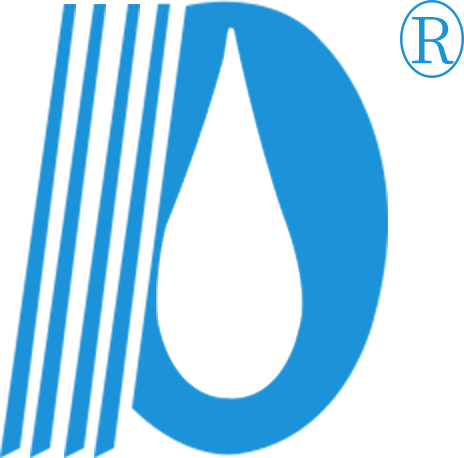What causes the aging problem of O-rings?
Customers who use O-rings have found that O-rings have already experienced embrittlement problems during the entire application process. In some cases, O-rings have not reached the service life under normal conditions at all! Why is this? Cause O What is the reason for the embrittlement of the ring? The O-ring manufacturer below will introduce it to everyone.
O-ring embrittlement is very common in daily life, but if the embrittlement is very serious, then you need to pay attention, it is likely to be your operation method to solve the problem.
What causes the embrittlement problem of O-rings?
O-ring embrittlement under general conditions is related to 4 factors:
1. Active oxygen: The organic chemical specificity of active oxygen is much higher than that of oxygen, and it is more destructive. It also breaks the molecular structure chain, but the effect of active oxygen on vulcanized rubber varies with the deformation of vulcanized rubber. When used for deformation of vulcanized rubber (mainly unsaturated fat vulcanized rubber), cracks in the direction of the ground stress function appear straight, that is to say "active oxygen cracking"; when used for deformed vulcanized rubber, only the surface layer is transformed into an air oxide film. Does not crack.
2. Light: Everyone knows that the less microwave, the greater the kinetic energy. The damage to the miscellaneous parts of silica gel is ultraviolet light with higher kinetic energy. In addition to breaking and chemical cross-linking of the molecular structure of vulcanized rubber, ultraviolet light can also cause the vulcaniz And speed up the whole process of air oxidation chain reaction. Secondly, the sun's rays will have the effect of heating inside and outside. Another characteristic of light effect is its key to growth on the surface of the rubber.
3. Oxygen: Oxygen in the vulcanized rubber produces a dispersive chain reaction through the molecular structure of the vulcanized rubber, and the molecular structure chain is broken or excessive chemical cross-linking, resulting in changes in the characteristics of the vulcanized rubber. Chemical action is one of the key reasons for the embrittlement of vulcanized rubber.
4. Heat: An increase in temperature will cause catalytic cracking or thermochemical crosslinking of vulcanized rubber. But the basic function of heat is still active. Increasing the oxygen diffusion rate and active redox reaction, and then accelerating the redox reaction rate of vulcanized rubber, it is a common phenomenon of embrittlement-hot oxygen embrittlement.
O-ring embrittlement is very common in daily life, but if the embrittlement is very serious, then you need to pay attention, it is likely to be your operation method to solve the problem.
What causes the embrittlement problem of O-rings?
O-ring embrittlement under general conditions is related to 4 factors:
1. Active oxygen: The organic chemical specificity of active oxygen is much higher than that of oxygen, and it is more destructive. It also breaks the molecular structure chain, but the effect of active oxygen on vulcanized rubber varies with the deformation of vulcanized rubber. When used for deformation of vulcanized rubber (mainly unsaturated fat vulcanized rubber), cracks in the direction of the ground stress function appear straight, that is to say "active oxygen cracking"; when used for deformed vulcanized rubber, only the surface layer is transformed into an air oxide film. Does not crack.
2. Light: Everyone knows that the less microwave, the greater the kinetic energy. The damage to the miscellaneous parts of silica gel is ultraviolet light with higher kinetic energy. In addition to breaking and chemical cross-linking of the molecular structure of vulcanized rubber, ultraviolet light can also cause the vulcaniz And speed up the whole process of air oxidation chain reaction. Secondly, the sun's rays will have the effect of heating inside and outside. Another characteristic of light effect is its key to growth on the surface of the rubber.
3. Oxygen: Oxygen in the vulcanized rubber produces a dispersive chain reaction through the molecular structure of the vulcanized rubber, and the molecular structure chain is broken or excessive chemical cross-linking, resulting in changes in the characteristics of the vulcanized rubber. Chemical action is one of the key reasons for the embrittlement of vulcanized rubber.
4. Heat: An increase in temperature will cause catalytic cracking or thermochemical crosslinking of vulcanized rubber. But the basic function of heat is still active. Increasing the oxygen diffusion rate and active redox reaction, and then accelerating the redox reaction rate of vulcanized rubber, it is a common phenomenon of embrittlement-hot oxygen embrittlement.

